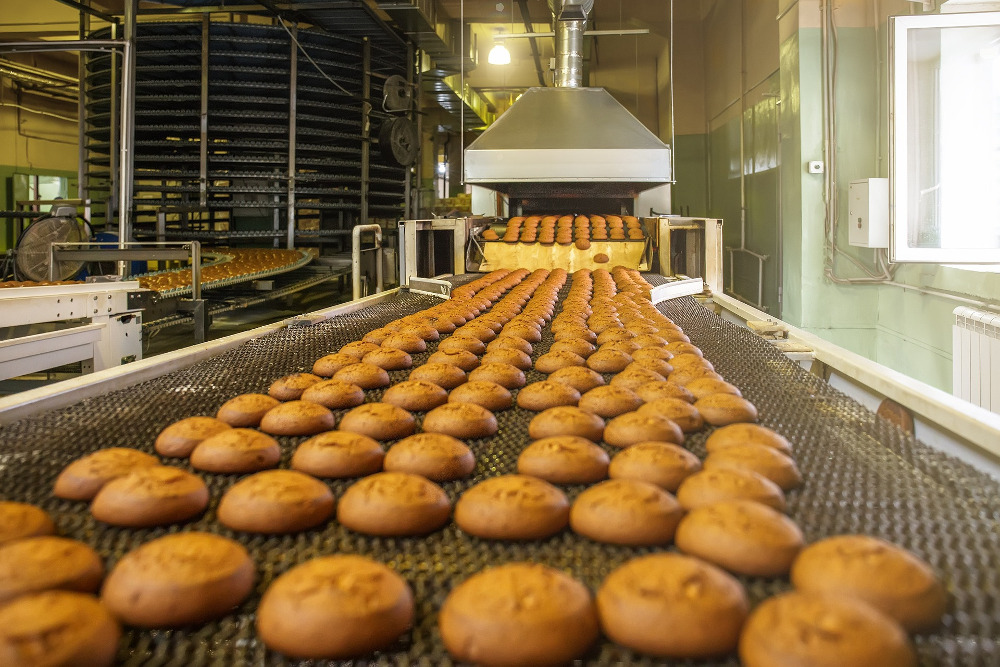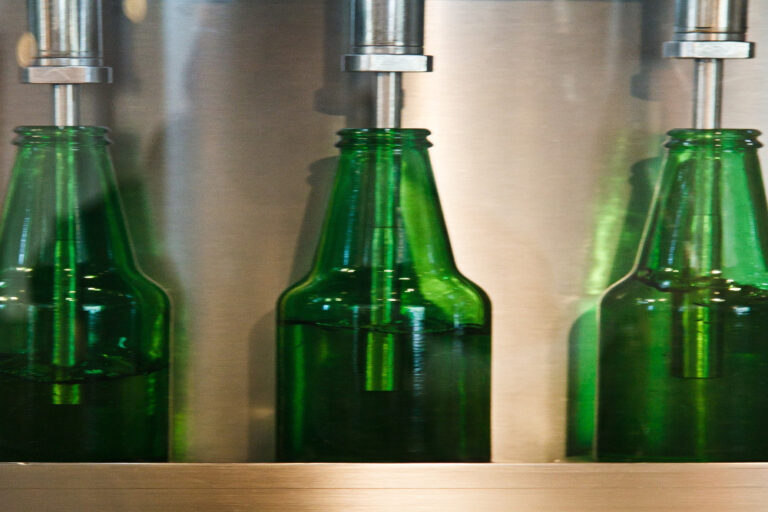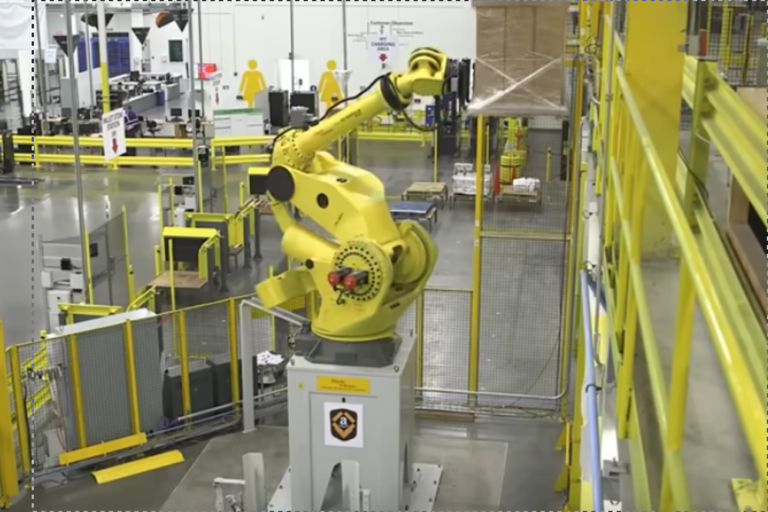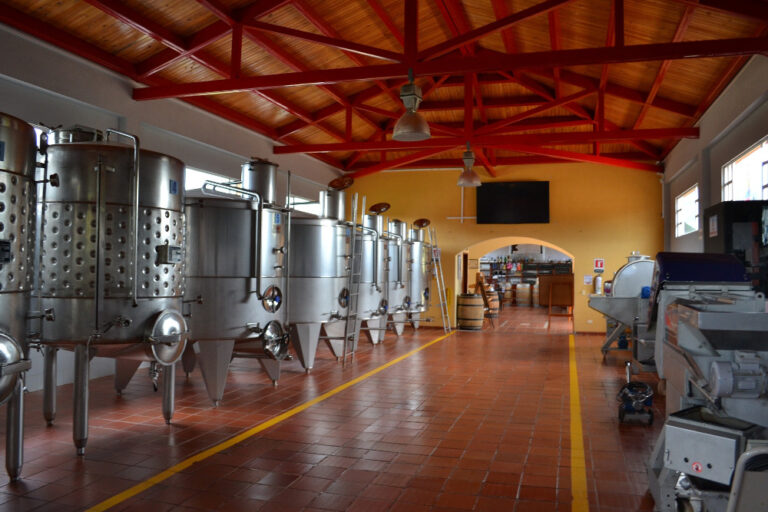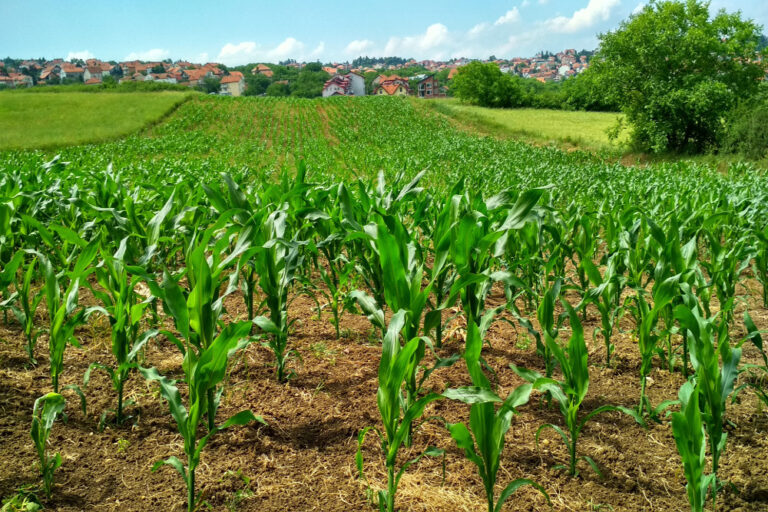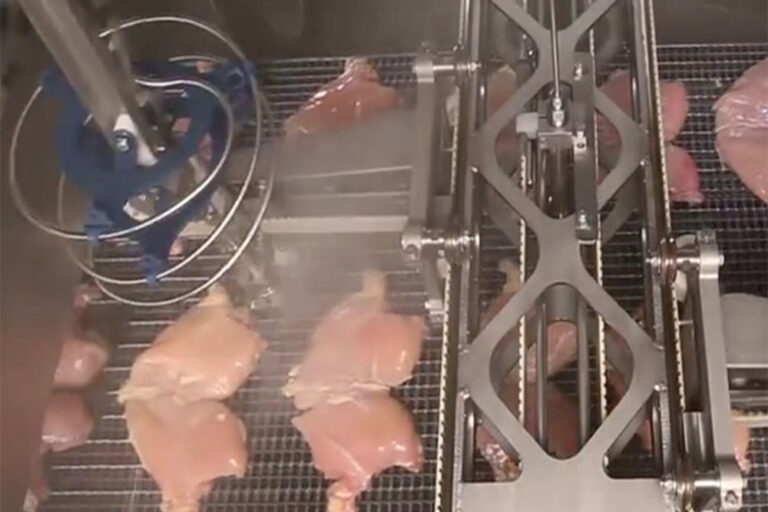LabMaster Mix, Knead, Proof and Bake
Scientific Solutions LabMaster® control products are what you “knead” for a modern automated baking production line. Mixing, kneading, rolling, proofing and baking are the major steps used by Bakers. Each step is important for the successful end product, and the LabMaster® products provide the computer based brains to run the entire operation.
The LabMaster® integrated microprocessor provides the output control signals, input measurement signals, inter-process communications within the factory and feedback control to completely control the entire process from starting with the raw ingredients and finishing with packaged baked goods ready for retail distribution., thru mixing, baking and packaging.with on-board recipe database for proper and automatic mixing parameters based upon the type of dough
For a successful operation, all steps in the bread-processing process are crucial, although most bakers would concur that the three truly crucial process processes are mixing, fermentation, and baking. They can also determine the final product’s features, both internally and outwardly, and are frequently referred to as the “heart and cornerstone of the bread making operation.”
Starts with a crop grown on farms, for example wheat. Its grains are crushed, or milled down to create flour. At the industrial bakery, huge silos contain massive amounts of flour. Food safety and hygiene are priorities in every stage. Other ingredients include water, salt, sugar, vegetable fat (makes bread lighter and extends shelf-life) and a living organism called yeast to make the dough rise thru fermentation and to add flavor .Salt water used for process called proving. Vegetable fat to make the bread lighter and extend the shelf-life of the bread.

Scientific Solutions’ LabMaster® automation and process control products provide complete control and real-time monitoring of bread processing; from mixing, fermentation thru baking, slicing and packaging. The automatic choice for automation.
.
Temperature Control: To work well yeast must be maintained at the proper temperature. Computers control the temperature of the yeast. Additional ingredients, such as seeds or nuts may also be required by a particular recipe. Routine controls on ingredients including sifting and metal detection or other foreign body detection take place to help reduce the risk of any contamination.

Mixing: Main ingredients are automatically pumped into a giant mixer. Other ingredients can be added manually and with the assistance of operator touch screen controls to record the addition of the additional items. Ingredients are mixed at 360 revolutions/min. for about 4 minutes to create the dough. For a homogeneous dough, the ingredients need to be accurately measured and properly combined. To produce a uniform product, the temperature of the materials and the pace of mixing need to be monitored and properly controlled with real-time closed-loop feedback. The viscosity of the resultant mixture is the key measurement that determines when the mixing stage is complete. Different types of dough require different temperature levels, mixing times, mixing speed and desired viscosity. The LabMaster® integrated microprocessor provides the output control signals, input measurement signals and feedback control with on-board recipe database for proper and automatic mixing parameters based upon the type of dough. Quantities, timing, temperature and speed of the process must be accurately controlled throughout the bread making process.

Kneading: Batches of dough are separated into pieces and placed onto a convey belt. These pieces, made at a rate of about 600/min, will eventually become a loaf. The dough pieces are passed single-file thru a series of high-walled and narrow conveyors which knead the dough and form the pieces into balls. All Bakers knead dough to be successful. This involves stretching the dough without tearing. The kneading time and rate will vary with different types of dough.

Proof Stage 1: The balls of dough are now placed onto a moving shelf which circulates with temperature controlled air. This is called the “proofing” stage. During this stage the dough is allowed to rest and the “yeast” just starts to activate. After about 8 minutes, the first proofing is complete and the dough balls are placed onto conveyor belts.
Rolling: The conveyors now take the dough balls to rollers where they are rolled to squeeze out air bubbles and molded into the correct shape and length. Dough rollers and presses are used to produce different end products. There are systems for bagels, bread, buns,doughnut, muffins, noodles, pizza,tortillas. This is usually a quick step and once shaped, the dough is into individual bins and conveyed to the next stage.

Proof Stage 2: From the rollers, the dough now in individual bins is conveyed to the proof stage 2 where the dough is subjected to warm (113F/45c) moist air for about 50 minutes where the yeast will become very active and full fermentation occurs. The yeast breaks down parts of the flour to release simple sugars to use for respiration which create little bubbles of carbon dioxide (CO2) which makes the dough expand and rise, which is the fermentation process. The dough loafs, now fully proofed, are about 3 times larger than before.

Baking: The trays of bins exit the proof stage 2 and enter the traveling oven. The dough travels thru the oven for about 20 minutes at a baking temperature of 500F/260C. Just an hour and a half from the initial ingredient mixing, there are now completely baked loafs of bread.
QA Test: The loafs exit the oven where quality assurance makes measurements to verify the correct core temperature in the loaf center as well as the correct height and weight of the loaf. The loafs are removed from their cooking bins and placed on a conveyor for cooling. Long slow cooling, about 2 hours, protects against mold formation and allows a crust to develop.

Slicing and Packaging: Once cooled, the loafs are sent to be sliced and packaged. Stainless steel slicers ensure a clean safe slice operation. The packaging, by law, must contain information such as ingredients, weight and “best before” dates must be printed on the packaging. The loaves are now boxed and sent to retail distribution. Entire process about 4 hours.

